Android System Development Course
For working professionals. Learn Android system development for integrating new devices using HAL.
Build Ecosystem | Poky & Recipes | BSP and Distro


Course

LMS Access

Interventions

Mentoring
The Yocto Building Embedded Linux course will enable you to build your custom Embedded Linux using Yocto. Starting with basics this course will deep dive into understanding templates, tools and methods provided. By the end of the workshop you will have hands-on exposure with all components of the Yocto project.
The Yocto Build Systems Course provides a comprehensive understanding of the Yocto Project, helping developers create custom Linux distributions for embedded and IoT devices. It equips participants with essential skills to build, customize, and maintain these distributions.
The introduction of the Yocto project by the Open Source ecosystem aims to enable Embedded Systems developers to create a custom distribution quickly by leveraging Yocto. The Yocto build architecture is designed in a modular fashion with customization and efficiency as the key focus areas.
Emphasizing real-world applications, the course helps participants apply their learning to practical projects. Through hands-on labs, learners gain experience in troubleshooting, optimizing build processes, and leveraging Yocto’s tools to streamline development.
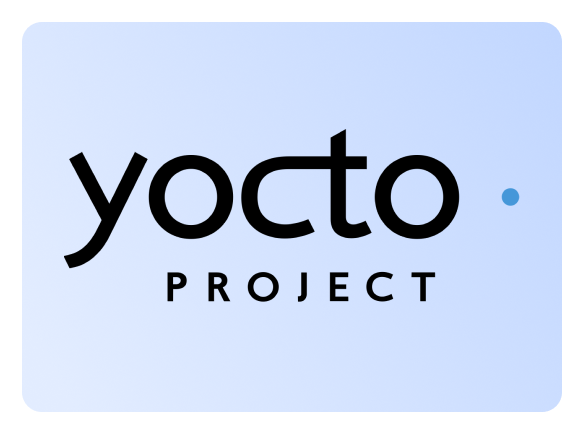
Our Yocto workshop starts with building a basic understanding of the build system by giving an overview and comparison between them. Then it introduces the benefits of the Yocto project and takes a step-by-step approach to enable you to create your own custom Embedded Linux distribution. By the end of our Yocto embedded linux training course, you would have created a distribution running on an ARM based target board.
Key Takeaways:
Topics Covered:
Prerequisites:
Platform Details:
Our Yocto workshop starts with building a basic understanding of the build system by giving an overview and comparison between them. Then it introduces the benefits of the Yocto project and takes a step-by-step approach to enable you to create your own custom Embedded Linux distribution.
By the end of our Yocto embedded linux training course, you would have created a distribution running on an ARM based target board.



| Course name | Start date | Duration | Registration Status |
|---|---|---|---|
| Emertxe Certified Embedded Professional - Advanced(Onsite /Classroom-based) | 29/04/2025 | 6 Months* | Register Now |
| Emertxe Certified Embedded Professional(Online) | 25/04/2025 | 6 Months* | Register Now |
| Emertxe Certified Embedded Professional (Online) | 02/05/2025 | 6 Months/Evening* | Register Now |
| Embedded Systems Internship | 30/04/2025 | 1 Month | Register Now |
Everyone hits the career crossroads one time or another. UpSkilling is the best way forward. Here is the list of professionals from the past who have won over their career challenges.

Developing solutions on my own and the belief in Best return on investment is in improving self-skills were the key motivating factors that made me reach Emertxe. Mentors helped me advance diversified skills in the Embedded domain. I could enhance my profile and started giving interviews. At one point I had 5 offers in hand to make a choice. Thanks to Emertxe.

I was working in a non Embedded domain, and wanted to get back into the core. Hence I quit my job and joined Emertxe. I got help from mentors who helped me to get back into hands-on programming. Because of Helped to achieve a career transition. Mentors Helped to get the basics of embedded systems and build a career in the core domain.

Training provided at Emertxe is more about practical knowledge necessary to become ready for industry. Practice sessions and assignments at Emertxe are well-designed to give candidates the edge over other job seekers in the market. I have worked on IoT, Linux drivers, Low level drivers, firmware, RTOS, currently working at Toshiba Software India.

I was working as a faculty in an engineering college. Wanted to get into Embedded, which has been my area of interest. However I had a skill-gap. Mentors understood my challenge and aspirations. They helped me by giving hands-on mentoring and close guidance. I could make a transition into the industry, which was not possible without Emertxe.
Our Linux internals courses give very high importance on project based learning. Not only you learn a particular technology as a part of the workshop, it will enable you to build a project on your own. Here is a list of projects that will expose you to various part of Linux Kernel and System calls.

Message queues are one of the IPC mechanisms that helps two user-space processes to communicate and exchange information. They are exposed by the Kernel as system calls. In actual implementation the data-structures are maintained inside the Kernel to facilitate buffer transfer between two processes.
The goal of this project is to implement Message Queue IPCs inside the kernel and expose them to user space processes. Along with implementation, these new system calls need to be hooked into Kernel’s soft interrupt ecosystem.

The Trivial File Transfer Protocol (TFTP) is a simple way of transferring files between two systems. This protocol is specified in RFC 1350.This protocol doesn’t support advances available in FTP (ex: User authentication), typically used in Embedded systems for its smaller footprint and simplicity.
The goal of this project is to understand RFC and implement the protocol in a LAN environment. Eventually this project can be extended for advanced cases like inter-operating with standard TFTP client / servers.

The Internet today has become a very complex entity by having different set of devices working together. In a scenario where the network devices are located remotely (ex: Wireless base station) monitoring such devices pro-actively becomes a very critical activity. Any malfunctions happen in remote device (ex: CPU usage) will result in device crash.
The goal of this project is to implement a TCP based client and server. The centralized server will connect with multiple clients and monitor various system parameters, thereby enabling remote manageability.

One of the key requirements of a network is the ability to handle large volumes of data. Network should have necessary resilience to handle, which is simulated using Network packet injectors in the test environment.
The goal of this project is to create a command line based Network packet injector that will generate all major protocol packets (ex: HTTP). For implementation RAW sockets are used.

Web based chat applications are one of the more commonly used tool for effective two way communication, starting with IRC chat-rooms. Each user need to authenticate himself and join a chat-room after which he should be able to communicate with all in the group.
The goal of this project is to simulate a chat room in a LAN by using TCP sockets and demonstrate message exchanges

Message queues are one of the IPC mechanisms that helps two user-space processes to communicate and exchange information. They are exposed by the Kernel as system calls. In actual implementation the data-structures are maintained inside the Kernel to facilitate buffer transfer between two processes.
The goal of this project is to implement Message Queue IPCs inside the kernel and expose them to user space processes. Along with implementation, these new system calls need to be hooked into Kernel’s soft interrupt ecosystem.

The Trivial File Transfer Protocol (TFTP) is a simple way of transferring files between two systems. This protocol is specified in RFC 1350.This protocol doesn’t support advances available in FTP (ex: User authentication), typically used in Embedded systems for its smaller footprint and simplicity.
The goal of this project is to understand RFC and implement the protocol in a LAN environment. Eventually this project can be extended for advanced cases like inter-operating with standard TFTP client / servers.

The Internet today has become a very complex entity by having different set of devices working together. In a scenario where the network devices are located remotely (ex: Wireless base station) monitoring such devices pro-actively becomes a very critical activity. Any malfunctions happen in remote device (ex: CPU usage) will result in device crash.
The goal of this project is to implement a TCP based client and server. The centralized server will connect with multiple clients and monitor various system parameters, thereby enabling remote manageability.

One of the key requirements of a network is the ability to handle large volumes of data. Network should have necessary resilience to handle, which is simulated using Network packet injectors in the test environment.
The goal of this project is to create a command line based Network packet injector that will generate all major protocol packets (ex: HTTP). For implementation RAW sockets are used.

Web based chat applications are one of the more commonly used tool for effective two way communication, starting with IRC chat-rooms. Each user need to authenticate himself and join a chat-room after which he should be able to communicate with all in the group.
The goal of this project is to simulate a chat room in a LAN by using TCP sockets and demonstrate message exchanges
Our UpSkilling courses are designed by keeping working professionals in mind. It will enable them to take the next successful step in their careers. Please register here with your area of interest, one of the senior career counselors will get in touch with you.
In WSA we believe in knowledge sharing and spreading a word of positivity. Here are the various ways using which you can get additional benefits and support from our team.
In Emertxe we believe in sharing all our resources. Here is our online digital library where you will find all our course materials for free.
We have a pool of experts who can clarify your career related questions and doubts. Feel free to reach out and get your queries answered.
Our Webinars bring in industry and career guidance. Access all our webinar resources and make the right decision for your career.
We are pretty sure you will have a lot of questions before joining our courses. Here are the frequently asked questions for your reference. In case you still have anything specific write to us at training@emertxe.com

In this course Beaglebone Black is used as a target platform. It is one of the most popular low-cost, community-supported development platform for developers and hobbyists.
It has got AM335x 1GHz ARM® Cortex-A8 processor with software compatibility with most of the popular Linux distributions (ex: Ubuntu). However learnings from these courses can be applied in any standard or customized target platform which is capable of running Embedded Linux.
Participants need to have following prerequisites to take up this course.
Knowing buildroot would be an added advantage for this course. However in this course you will be learning some of the unique features of Yocto using which you can create your own Linux distribution faster and easier. One of key element you will learn is about automating the build by writing the recipes.
Our mentors have experience in building embedded systems products right from scratch to launching the product successfully in the market. This includes board design, OS porting, device driver development, application development, board support packages etc. Along with technology skills they also have domain skills like telecom, enterprise and consumer electronic segments that are successfully used in the market.
Since our mentors are industry experienced, they bring in practical hands-on approach in training. This not only makes individuals to learn a particular technology but also understand how it is being applied in the industry. With systematic approach our trainers will immensely beneficial for participants.
Here is the list of our UpSkilling courses. Please check individual course cards to get more details.
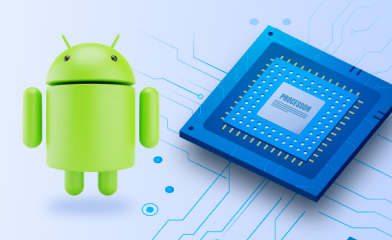
For working professionals. Learn Android system development for integrating new devices using HAL.

For working professionals.Learn comprehensive Advanced Linux device drivers course. Develop and debug the kernel with ease.

Weekend workshop for professionals. Navigate into Linux Kernel subsystem and create system programs.
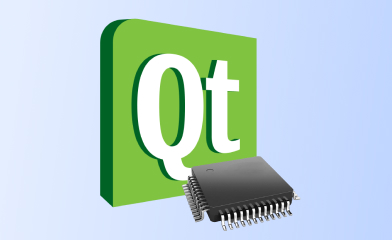
Advanced and Comprehensive course to develop, build, deploy and debug Embedded GUI Applications using Qt.

Hands-on training to develop GUI using QML and Qt Quick. Build applications by integrating QML and C++
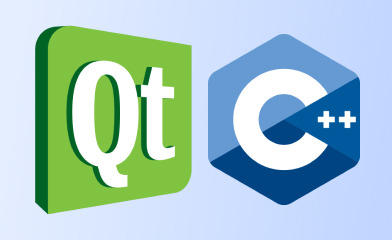
Comprehensive course to build E2E QT application using C++. Build applications quickly with lesser code
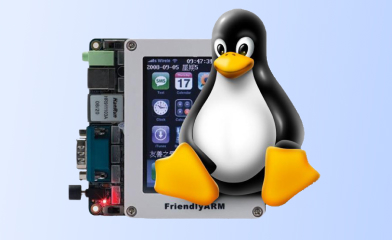
Hands-on workshop on how-to write your first device driver from the scratch. For working professionals

Customized training programs on Qt specific to project areas like integrating Qt Applications for devices.
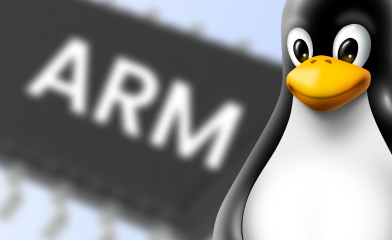
Hands-on workshop on getting started with customizing Linux and porting Embedded Linux on ARM.
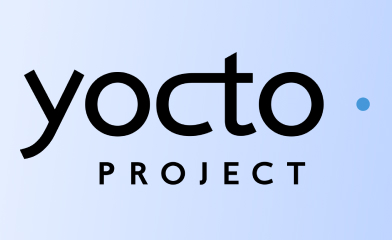
Comprehensive training program to create custom Embedded Linux. For Professionals and enthusiasts